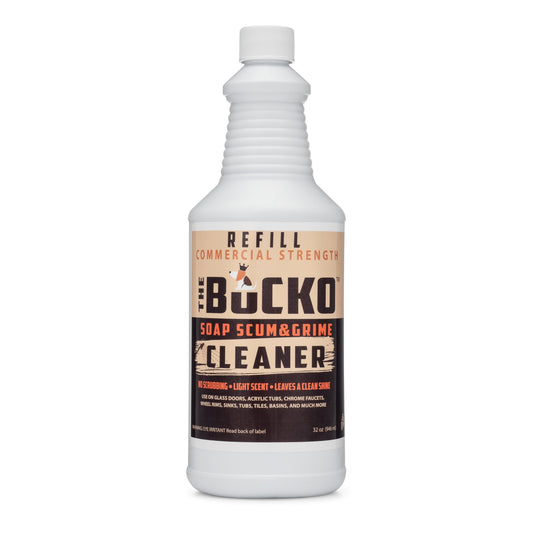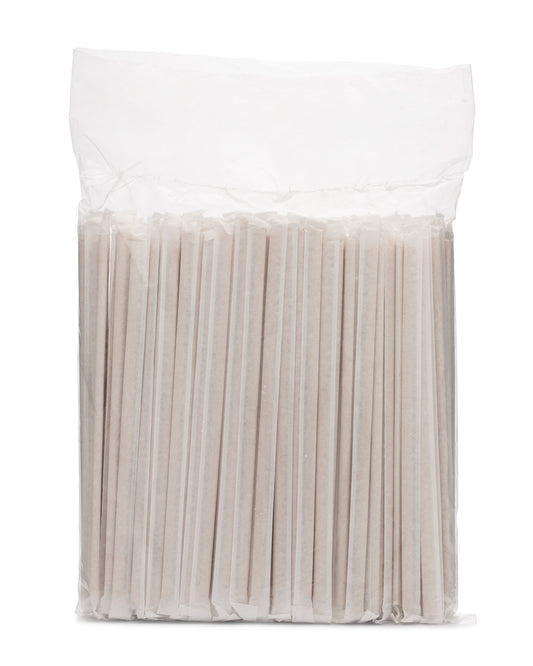Did You Know? "PYREX" and "pyrex" Aren't the Same Thing!
Share
Have you ever noticed that some Pyrex dishes are labeled "PYREX" (uppercase) and others "pyrex" (lowercase)? They're not just different in appearance, but also in their chemical makeup, which impacts their durability and safety in your kitchen. And remember, just because something involves 'chemicals' doesn't mean it's bad. Many things in our lives, even those in nature, are chemicals. For instance, did you know that lemons, often celebrated for their natural purity, are also made of complex chemicals? (Check out our blog post The Secret to a Clean Microwave: No Lemons Required! to learn more.)
The difference between "PYREX" and "pyrex" lies in the type of glass used to make them. The uppercase "PYREX" is made of borosilicate glass, a type of glass that's more resistant to temperature changes, while the lowercase "pyrex" is primarily made of soda-lime glass, which is more susceptible to temperature-induced breakage. This distinction is crucial in understanding the care and handling of your Pyrex dishes to ensure their longevity and safety1.
If you're intrigued, uncover the mystery in this article, "What Is the Difference Between the Two Types of Pyrex", and enjoy the surprising science in your kitchen!










